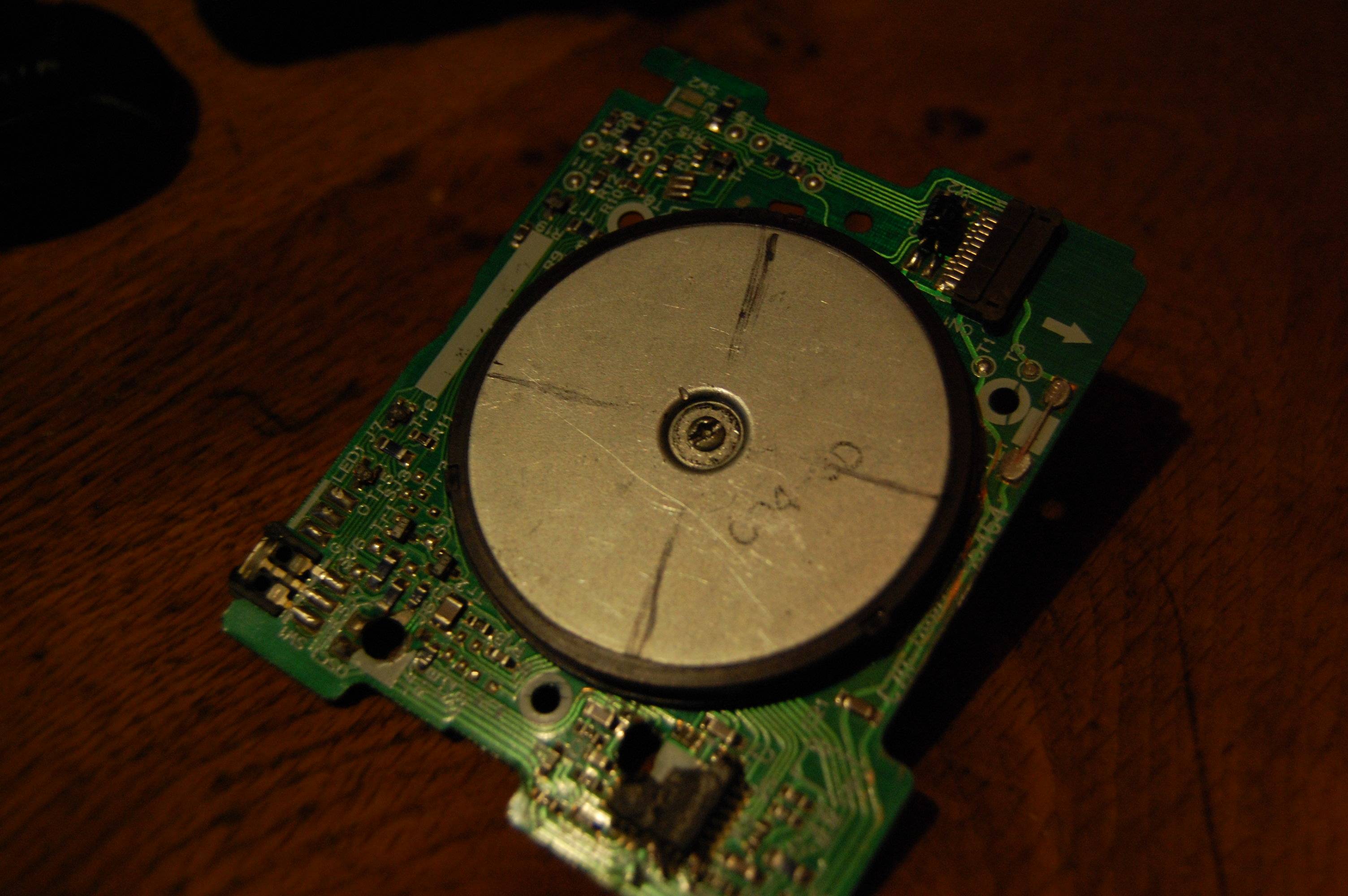I am attempting to rejig a brushless DC motor to work as a dynamo - I am unsatisfied with the paltry 3W output max of my most powerful hand-crank dynamo and am trying to see if I can get something with a little more power by using a larger rotor and gears, ideally more than about 10W.
I have salvaged this from an old floppy drive:

I attempted to figure out the number and position of poles yesterday on the rotor. Unfortunately, thanks to my impatience I used a neodymium magnet to do this, which has significantly decreased the rotor's field strength. As a rough indication, the maximum open circuit voltage i could get by spinning the rotor with my finger was around 1.5V, whereas now it is just under 0.5V. I would like to be able to remagnetize the rotor if I can. Some research has led me to How to re-magnetize a permenent magnet motor of small size (model railroad)? which answers my question qualitatively, if not quantitatively - namely, passing a pulse of sufficient current for a short period of time through a coil can remagnetize any adjacent magnets. I have made a small capacitor bank, 5x 100uF:
which is charged up to 30V (the max my power supply outputs). I haven't yet added the diodes for preventing ringing and freewheeling. Given each coil has a DC resistance of ~1.7ohms, this should give a max current of about 17A, assuming I can minimize resistance. Would this be enough to have any appreciable effect on the magnetization? If not, is there any way to get sufficient magnetization back or is this a lost cause?

